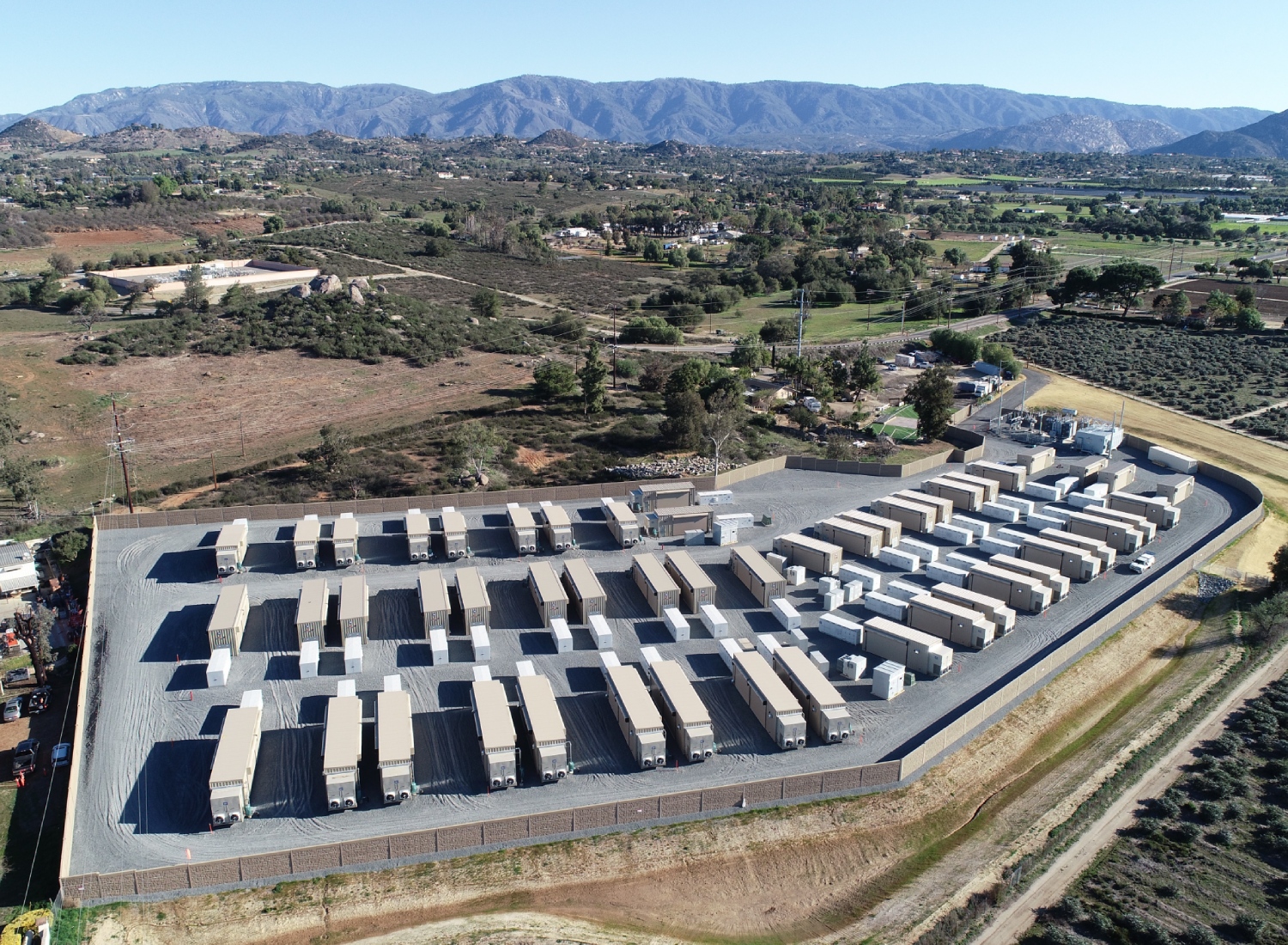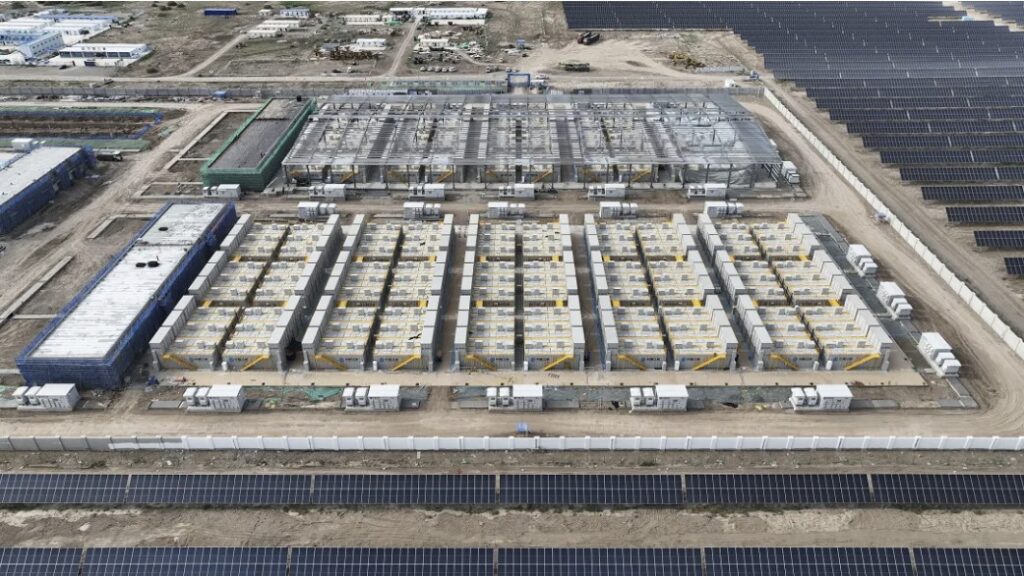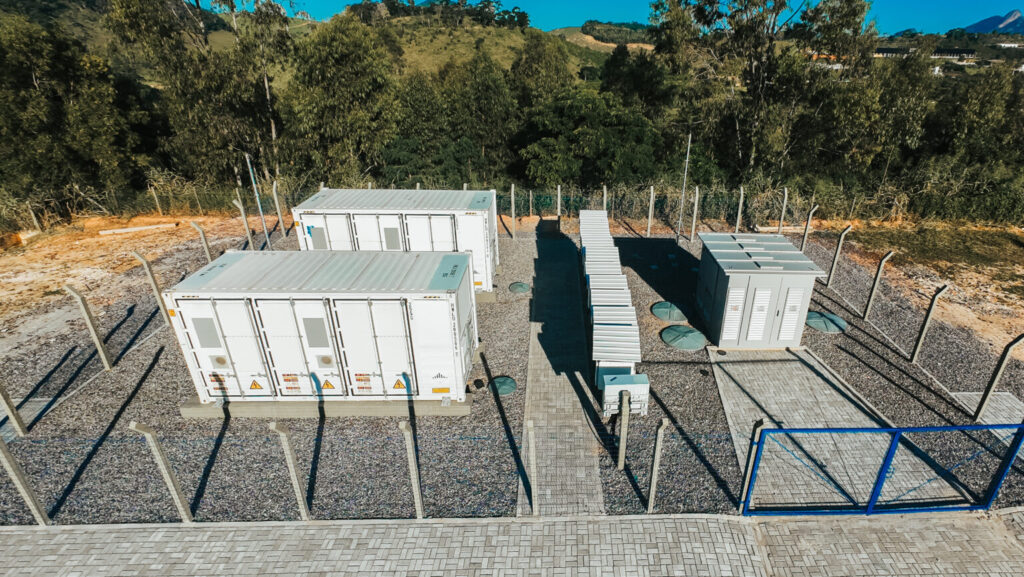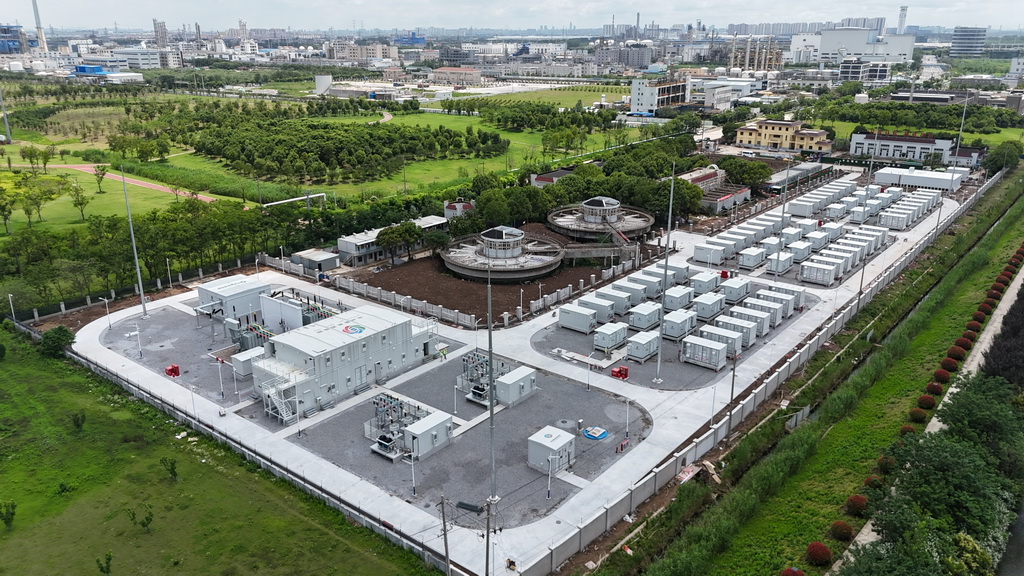California rewrites safety standards for battery storage

The CPUC has introduced new standards for the maintenance and operation of battery energy storage plants in a bid to enhance their safety. It has also demanded increased oversight over the emergency response action plans for these facilities, which are seen as a critical technology enabling California’s transition away from fossil fuels.
The CPUC modified General Order 167, which currently provides a method to implement and enforce maintenance and operation standards for electric generating facilities, in order to add new safety standards for the maintenance and operation of battery energy storage systems, as required by Senate Bill (SB) 1383.
It also made explicit that battery storage facility owners must develop emergency response and emergency action plans, as required by SB 38. In addition, the CPUC made other technical updates to the standards to improve safety, reliability, and effectiveness of operation and maintenance activities, such as establishing technical logbook standards for battery storage systems and expanding requirements for emergency plans that relate to all electric generating facilities.
The stricter regulation was proposed in the wake of the Moss Landing battery fire incident, which triggered a local state of emergency but fortunately left no one injured or killed. The massive fire, which erupted at the 300 MW facility on January 16, closed roads in the area and prompted evacuation of up to 1,500 local residents due to concerns over hazardous materials and potential chemical releases.
While battery safety is work in progress, incidents similar to Moss Landing are unlikely. From the choice of chemistry, fire detection and suppression mechanisms, to stricter codes and standards, the vast majority of today’s large-scale battery energy storage systems do not have much in common with the affected project deployed in a former turbine hall.
However, the CPUC felt that it is necessary to step up BESS safety measures with California at forefront of the world’s battery storage rollout. Over the past several years, California grew its fleet from 500 MW in 2019 to over 13,300 MW statewide in 2024.
“Likewise, battery storage system technologies and standards have also matured over time. Battery storage systems are one of the key technologies California relies on to enhance reliability and reduce dependency on polluting fossil fuel plants. Battery storage systems soak up clean energy in the daytime when the sun is shining, store that electricity, and then export it to the grid in the evening hours when the sun is down,” the CPUC said in a statement announcing new safety standards.
In 2024, California made historic progress in clean energy deployment. The state brought more than 7 GW online—the largest amount in a single year in California’s history. This includes over 4 GW of new battery storage.
California’s current installed battery storage capacity is over 20% of California’s peak demand. The state’s projected need for battery storage capacity is estimated at 52 GW by 2045.














